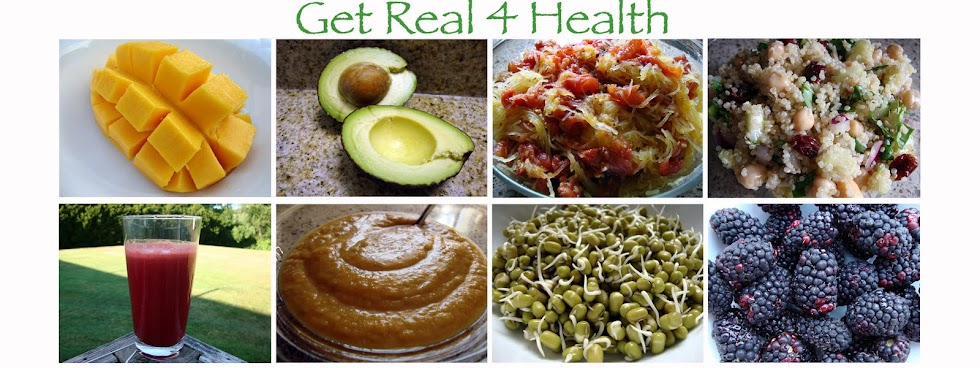
Hummus. You’ve probably had it as a savory, garlicky dip with veggies or pita bread, or maybe on a sandwich. I recently discovered some different recipes for hummus that put a whole new twist on ground chickpeas. For example, would you ever think of them as a desert food? I never did but I would certainly enjoy the Chocolate Hummus below with fruit as an after dinner treat or snack.
The foundation of traditional hummus is the mighty chickpea. It’s high in fiber, protein, complex carbs and even provides omega-3 and 6 fatty acids. It’s also a good source of folate, thiamin and vitamin B6 and is chock full of minerals, including calcium, iron, magnesium, phosphorus, potassium, zinc, copper, manganese, and selenium. As I’m reading this nutrition data, I’m thinking to myself, “Wow, I need to eat more of these!!” Other great ways to get them into your diet is roasted, in soups, and in salads.
The original recipes called for canned chickpeas and pumpkin. I soaked raw chickpeas in fresh water for several hours, then changed the water and simmered them on the stove for about 30 minutes. While this was going, I roasted a sugar pumpkin in the oven. I describe how to do it here. I also added pumpkin seeds to this recipe, replaced sugar with honey or maple syrup in the first recipe, used chai or hemp milk as liquids, and added dark chocolate to the third recipe. In short, I tried to add to the nutritional value while not sacrificing on taste.
The recipes below are healthy ideas for after-school snacks, lunch, and even appetizers or desert for the upcoming holiday gatherings. They can be paired with fruit, veggies, pita bread or crackers. Apples or banana slices dipped in chocolate hummus would make a great after-school snack. This would also make a great filling for buckwheat crepes. Apple pie or pumpkin hummus would make a nice spread for veggie wraps as well or on whole grain toast. And then of course, there’s always the spoon… : )
Apple Pie Hummus (adapted from this recipe)
1.5 c cooked chickpeas
1 large or two small-med, sweet apples, peeled, seeded and chopped
¼ c fresh lemon juice
¼ c tahini or nut butter
1 T sweetener (honey, maple syrup, etc.)
½ t sea salt
½ t apple pie spice or a combination of spices (cinnamon, nutmeg, ginger, cloves, etc.)
~3 T water (I actually used chai tea that I had brewing)
Pumpkin Hummus (adapted from this recipe)
1.5 c cooked chickpeas
1 c fresh roasted pumpkin
¼ c hulled pumpkin seeds (soaked and drained beforehand)
¼ c tahini
1 T cumin
¼ c lemon juice
½ t sea salt
2 cloves garlic, minced
water (or juice from the roasted pumpkin!)
Chocolate Hummus (adapted from this recipe)
1.5 c cooked chickpeas
2 T unsweetened cocoa powder
1 oz dark chocolate, chopped
¼ c honey or other natural sweetener
2 T tahini or nut butter
2 T vanilla
~ 3 T hemp milk or water
For each recipe above, add all ingredients except the liquid (last ingredient) into a food processor or blender and process until smooth. Add liquid a little at a time until desired consistency is achieved. Adjust the spices, sweetener and/or salt to taste. You may also want more lemon juice in the Pumpkin or Apple Pie recipes. I tend to go for more versus less.











